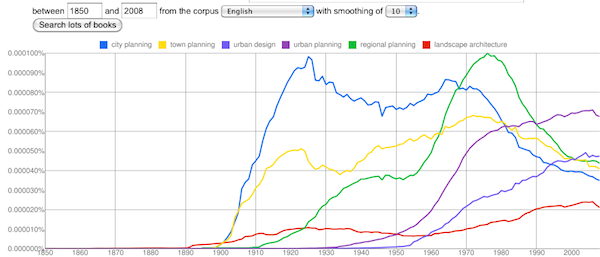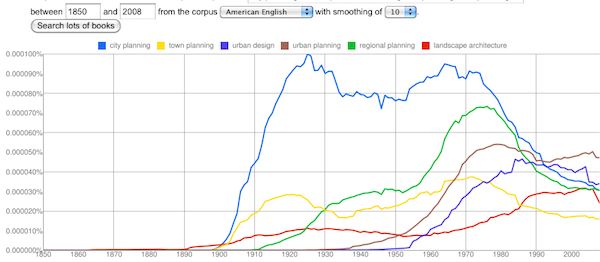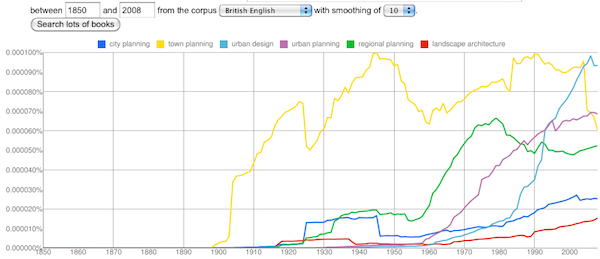Google Labs has released another fascinating tool for researchers. Readers may already be familiar with Google Trends which can chart and reveal trends in search patterns for the last decade. The new tool allows similar analysis of Google's impressive library of digitized books spanning centuries.
Google Labs has released another fascinating tool for researchers. Readers may already be familiar with Google Trends which can chart and reveal trends in search patterns for the last decade. The new tool allows similar analysis of Google's impressive library of digitized books spanning centuries.
Google Labs new online tool is called the Google Books Ngram Viewer. Google has been digitizing books since 2004. It's digitlized library now includes 15 million books. Discover reports (via Slashdot):
"Together with over 40 university libraries, the internet titan has thus far scanned over 15 million books, creating a massive electronic library that represents 12% of all the books ever published. All the while, a team from Harvard University, led by Jean-Baptiste Michel and Erez Lieberman Aiden have been analysing the flood of data.
Their first report is available today. Although it barely scratches the surface, it's already a tantalising glimpse into the power of the Google Books corpus. It's a record of human culture, spanning six centuries and seven languages. It shows vocabularies expanding and grammar evolving. It contains stories about our adoption of technology, our quest for fame, and our battle for equality. And it hides the traces of tragedy, including traces of political suppression, records of past plagues, and a fading connection with our own history."
The Ngram Viewer displays a graph showing how those phrases have occurred in a collection of books over the years.
To try it out, I searched for the following terms between 1850 and 2008 :
- city planning
- landscape architecture
- regional planning
- town planning
- urban design
- urban planning
(I excluded "architecture" because its higher usage meant that it was harder to compare the other terms in the graph.)
Here is the chart for a collection of all books in English:
Here is the same chart for American English:
Here is the same chart for British English:
I will leave it to Planetizen readers to speculate if there is anything we can infer from these visualizations.
You can run your own searches at ngrams.googlelabs.com and post links in the comments below.

Analysis: Cybertruck Fatality Rate Far Exceeds That of Ford Pinto
The Tesla Cybertruck was recalled seven times last year.

National Parks Layoffs Will Cause Communities to Lose Billions
Thousands of essential park workers were laid off this week, just before the busy spring break season.

Retro-silient?: America’s First “Eco-burb,” The Woodlands Turns 50
A master-planned community north of Houston offers lessons on green infrastructure and resilient design, but falls short of its founder’s lofty affordability and walkability goals.

Test News Post 1
This is a summary

Analysis: Cybertruck Fatality Rate Far Exceeds That of Ford Pinto
The Tesla Cybertruck was recalled seven times last year.

Test News Headline 46
Test for the image on the front page.
Urban Design for Planners 1: Software Tools
This six-course series explores essential urban design concepts using open source software and equips planners with the tools they need to participate fully in the urban design process.
Planning for Universal Design
Learn the tools for implementing Universal Design in planning regulations.
EMC Planning Group, Inc.
Planetizen
Planetizen
Mpact (formerly Rail~Volution)
Great Falls Development Authority, Inc.
HUDs Office of Policy Development and Research
NYU Wagner Graduate School of Public Service






























